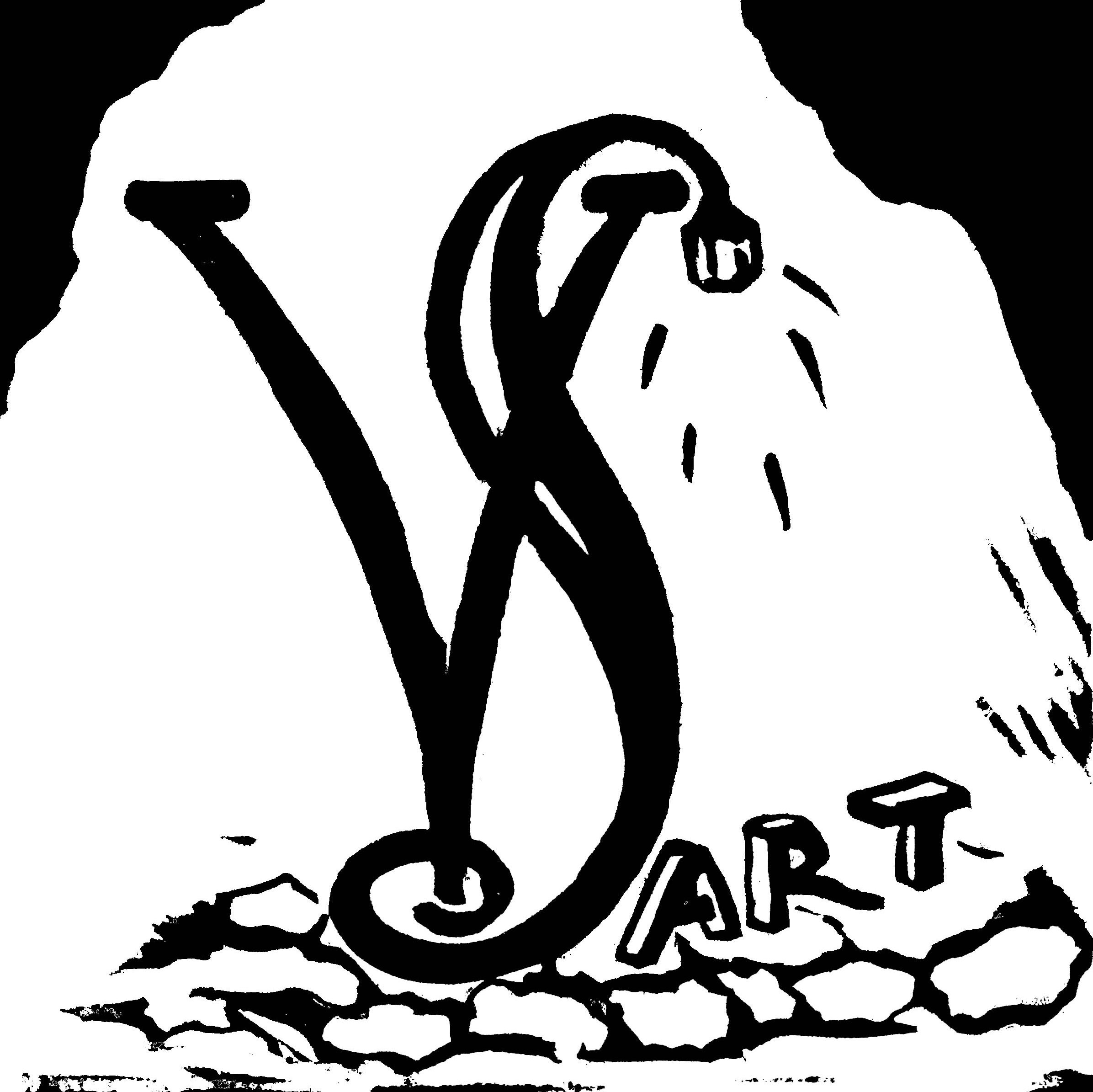The Basics
Assuming you have an image source in a form of a sketch (if you don’t – please obtain one, ideally by drawing it yourself and come back later. Joking, sort of, but really, get a sketch of an idea at least. Saves you time and money).
Ideally, the sketch is in 1:1 scale to your print, but sometimes what I do it make smalelr version and then enlarge it as necessary. Some works were transferred by measuring planend shapes and going “alright… so the scale is roughly 1:5 so this will be here, this here and that over there. Sort of. Looks OK, approved. Some ideas were drawn on a piece of paper no larger than 3×2 cm, so this works alright.
Skipping a lot the “artistic search for perfect sketch version” and philosophical discussion about reasonableness of searching for 100% perfect anything (believe me, at some point you will have to stop at “good enough” and just get it done), at least when it comes to something besides romantic relationships. We comne to the important part of choosing the technique. Sometimes this part has to come first, as you’ll be preparing materials, tools and image, with the respective technique’s quirks in mind.
Short rundown is as follows:
- linocut – cheap, easy, minimal tools
- woodcut – cheap, harder, minimal tools
- dry point – cheap, sort of easy, minimal tools
- etched copper/brass – not cheap or easy, and you’ll need some more preparation
Transferring sketch onto a plate (lino, wood, copper, whatever) is a bit tricky, but you can use carbon paper, DIY carbon paper, stickers, scratch-marks, paint adn then draw or scratch. It has to be safe and take into account specific materials (carbon paper is useless for non-primed transparent plexiglass after all). Also remember that stray pen, ink, marker ro pencil marks will be covered by paint, while cuts and scratches will not.

